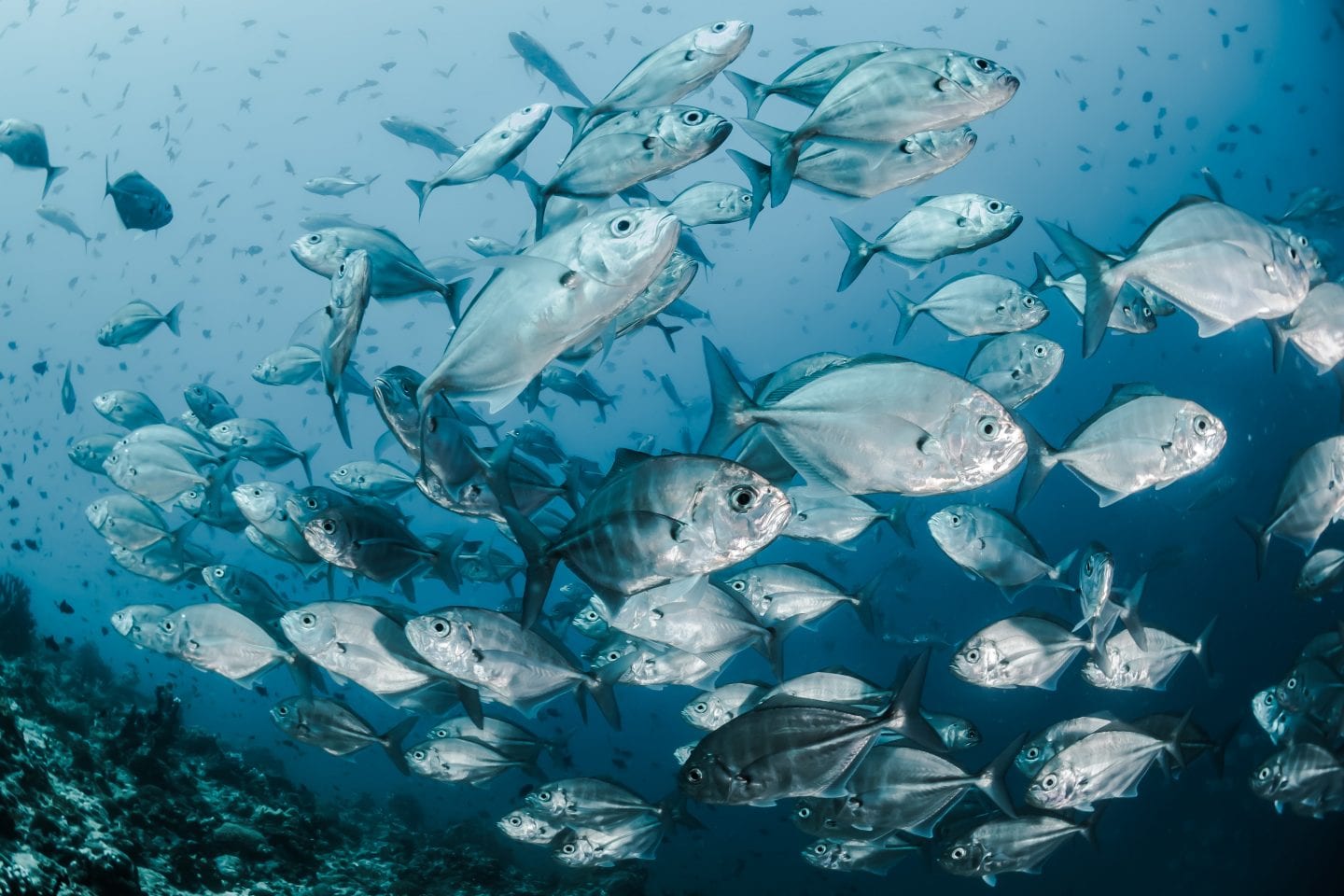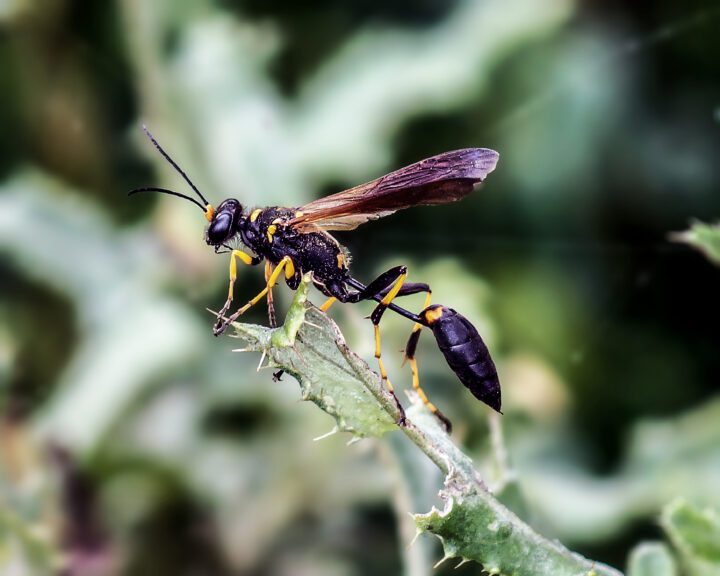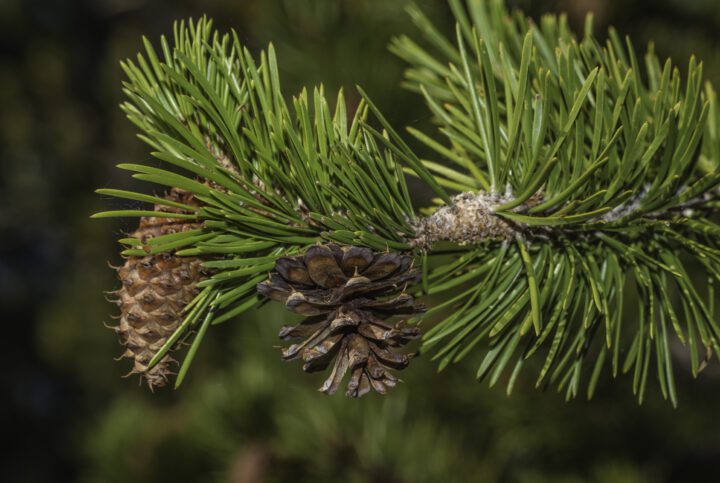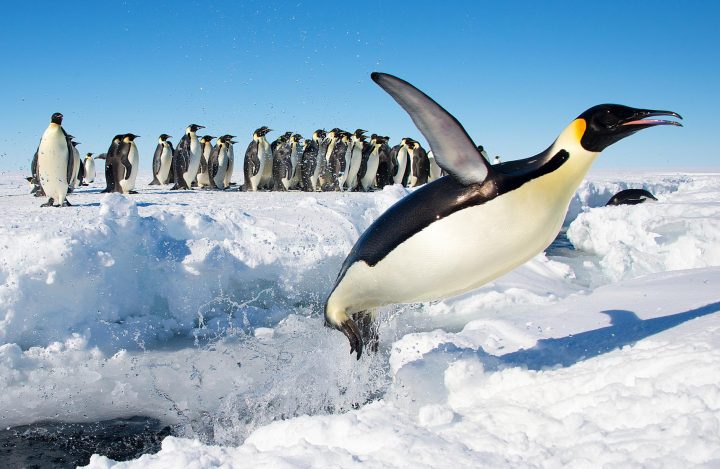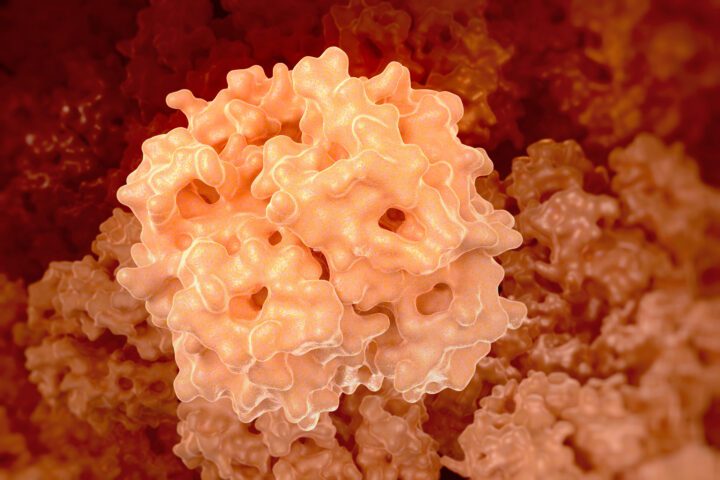Modify Size/Shape/Mass/Volume
Many living systems alter their physical properties, such as size, shape, mass, or volume. These modifications occur in response to the living system’s needs and/or changing environmental conditions. For example, they may do this to move more efficiently, escape predators, recover from damage, or for many other reasons. These modifications require appropriate response rates and levels. Modifying any of these properties requires materials to enable such changes, cues to make the changes, and mechanisms to control them. An example is the porcupine fish, which protects itself from predators by taking sips of water or air to inflate its body and to erect spines embedded in its skin.
Manage Turbulence
A turbulent force occurs when air or water creates a chaotic or irregular motion. The source can be such things as wind, waves, and eddies caused by obstructions to air or water flow (such as that created by a rock in a stream). Because the force is irregular, it acts in unpredictable ways on multiple parts of a living system at any given time, decreasing the living system’s efficiency. Strategies used to manage turbulence include dampening the amount of turbulence, having flexibility to handle sudden changes, and making quick adjustments. An example is the mucus on aquatic organisms, such as barracuda sharks, that can reduce turbulent friction of seawater by 66%. In doing so, it decreases drag and increases the sharks’ swimming efficiency.
Move in/on Liquids
Water is not only the most abundant liquid on earth, but it’s vital to life–so it’s no surprise that the majority of life has evolved to thrive on and under its surface. Moving efficiently in and on this dense and dynamic substance presents unique challenges and opportunities for living systems. As a result, they have evolved countless solutions to optimize drag, utilize surface tension, fine tune buoyancy, and take advantage of various types of currents and fluid dynamics. For example, sharks can slide through water by reducing drag due to their streamlined shape and specially shaped features on their skin.

